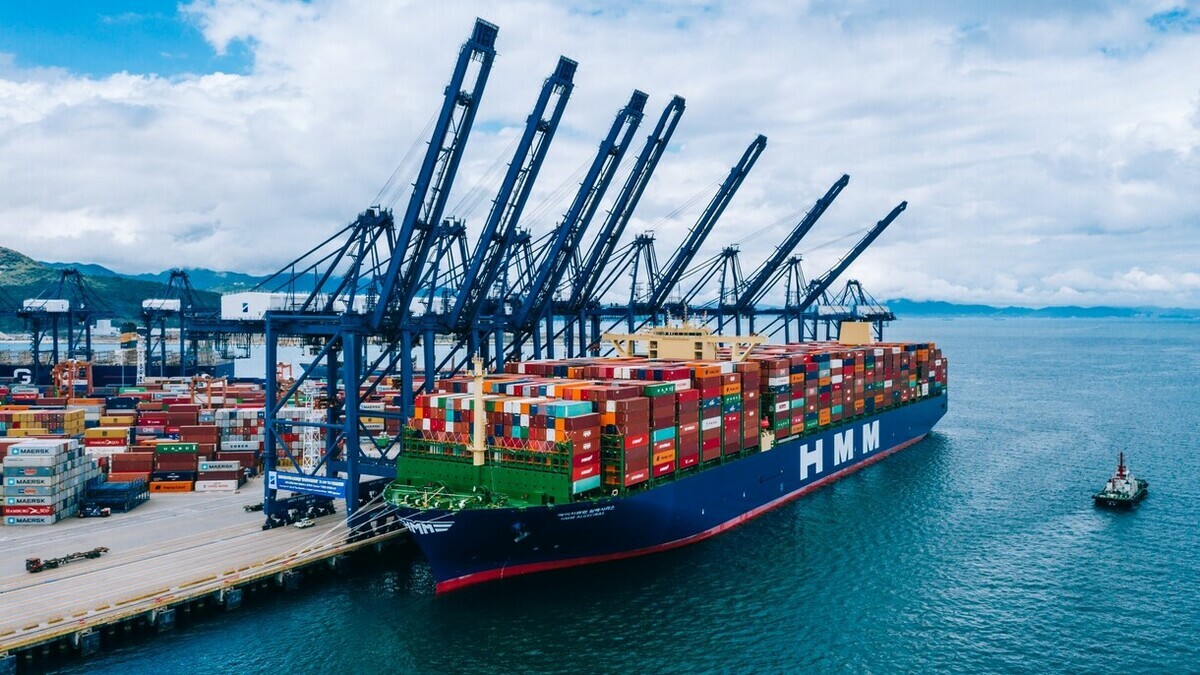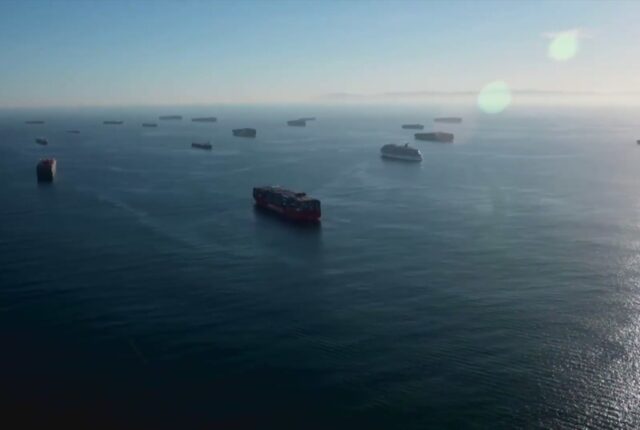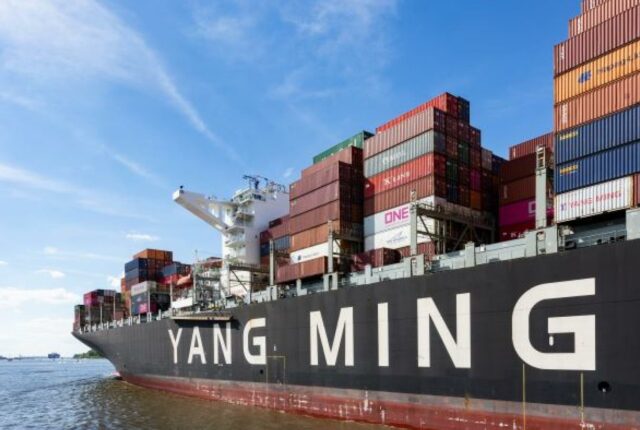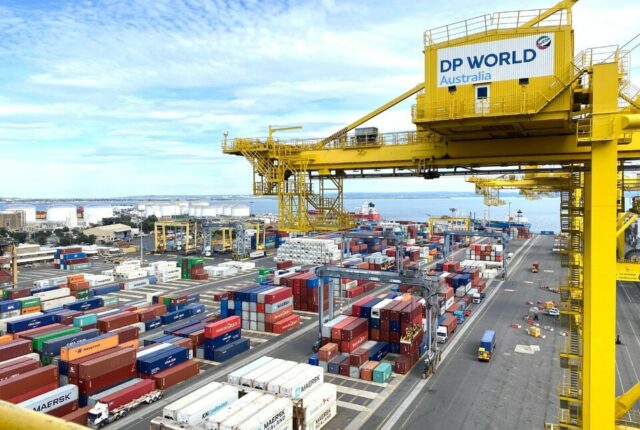
Ship Orders Surge as Carriers Rush to Add Capacity
Global shipyards that were retrenching and consolidating in a faltering maritime market barely more than a year ago are now flush with new orders, boosted by efforts by shipping lines to add capacity to meet resurgent consumer demand in Western economies.
Orders for new container ships in the first five months of this year were nearly double the orders for all of both 2019 and 2020, according to London-based maritime data provider VesselsValue Ltd., with the biggest gains going to shipyards in South Korea and China. The order tally has been so strong that some yards have stopped giving quotes for new vessels and are trying to renegotiate existing orders for more than 20 ships as the price of steel plates used to build vessels has doubled since the end of 2020, according to people involved in those deals.
The resurgence in ordering is being driven mainly by container ships as Commercial Cargo retailers such as Walmart Inc. and Amazon.com Inc. scramble to restock after a year of supply-chain disruptions from the coronavirus pandemic.
The rush to replenish depleted inventories, along with congestion at major ports in North America, Europe and Asia, has left cargo space hard to find and sent Sea freight rates soaring. The strong orders are in contrast with the past couple of years, when a long downturn in maritime trade left a dwindling backlog of orders at shipyards and forced some to consolidate.
Data from London-based shipping broker Braemar ACM Shipbroking show that in the first five months of this year, ships totalling capacity for about 2.6 million containers—measured in 20-foot equivalent units, a standard maritime measure—are on order, putting the business on track to surpass an annual record of 2.8 million containers’ worth of capacity ordered in all of 2007.
“It’s been our busiest period in years and it’s very much about container ships,” said a senior executive of South Korea’s Hyundai Heavy Industries Co. , the world’s biggest shipbuilding facility in terms of capacity. “The orders are mostly for bigger ships with all the extras to emit less, which is good for margins. We are almost out of slots to build new ships until late 2023.”, “I’ve never seen such demand in 20 years,” this executive said.
South Korea’s three big yards—Hyundai Heavy, Daewoo Shipbuilding & Marine Engineering Co. and Samsung Heavy Industries Co. — account for more than a third of all shipbuilding orders for all types of Ocean Shipping vessels. The other shipyards with big shares of global orders are China State Shipbuilding Corp., China Shipbuilding Industry Corp. and Japan’s Imabari Shipbuilding Co.
In the first five months of this year, 208 container ships worth $16.3 billion were added to the global order book, compared with 120 ships valued at $8.8 billion for all of last year and 114 vessels worth $6.9 billion in 2019, according to VesselsValue. The South Korean shipyard executive said the boxship orders are mainly for vessels that can move around 14,500 containers and behemoths with a capacity of more than 20,000 boxes that are mainly deployed on Asia-Europe trade lanes.
Freight Forwarder Melbourne – Across The Ocean Shipping Managing Director David Aherne has said “It is very exciting to see an increase of new container ship orders this year, with new ships come more sea freight service options, lower rates and an increase in vessels that produce less carbon emissions than its predecessors. This really resonates with us because our goal is to be a leading Freight Forwarder in Australia at neutralising our carbon footprint.”
Originally Published on the Wall Street Journal, Edits by ATO Shipping: https://www.wsj.com/articles/ship-orders-surge-as-carriers-rush-to-add-capacity-11623179052






